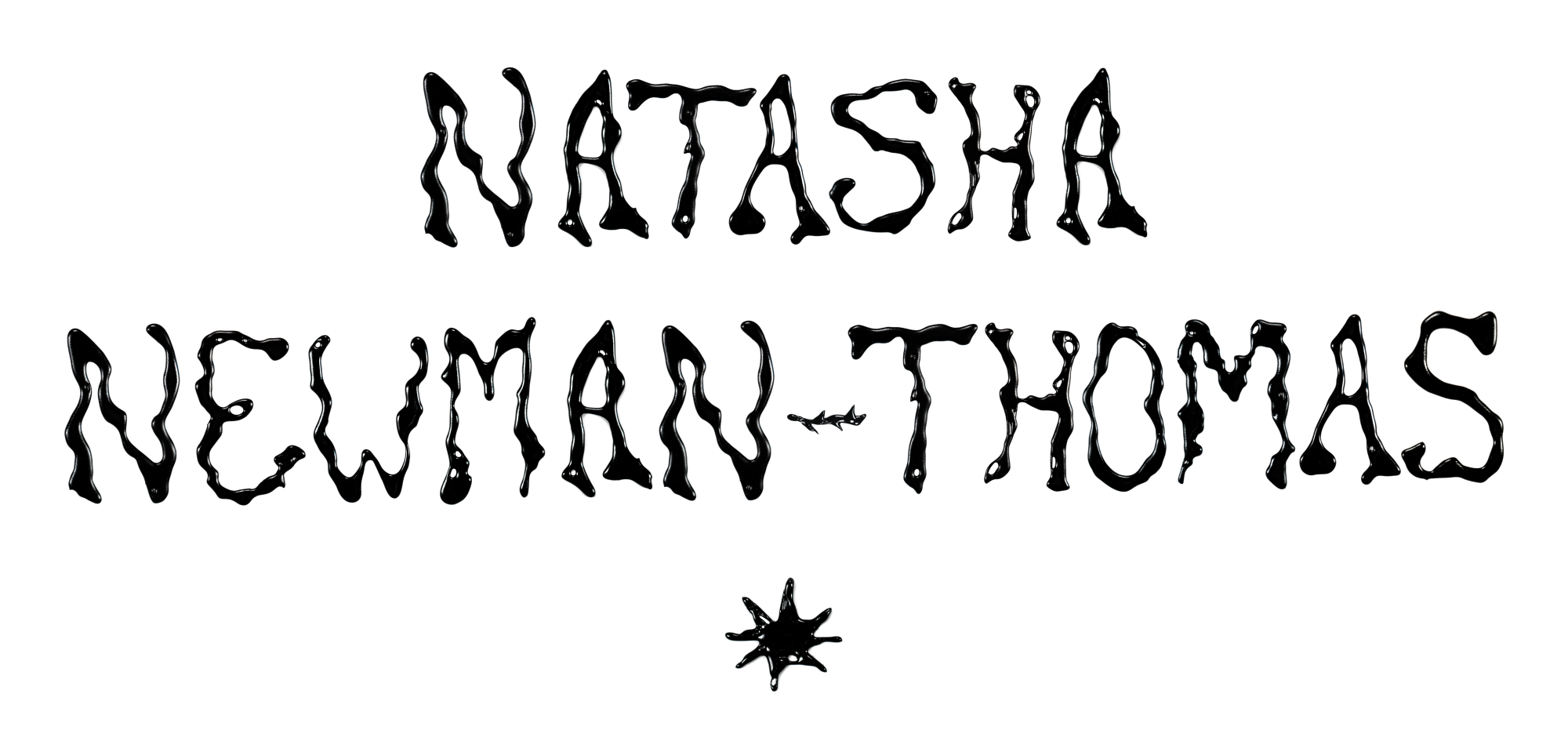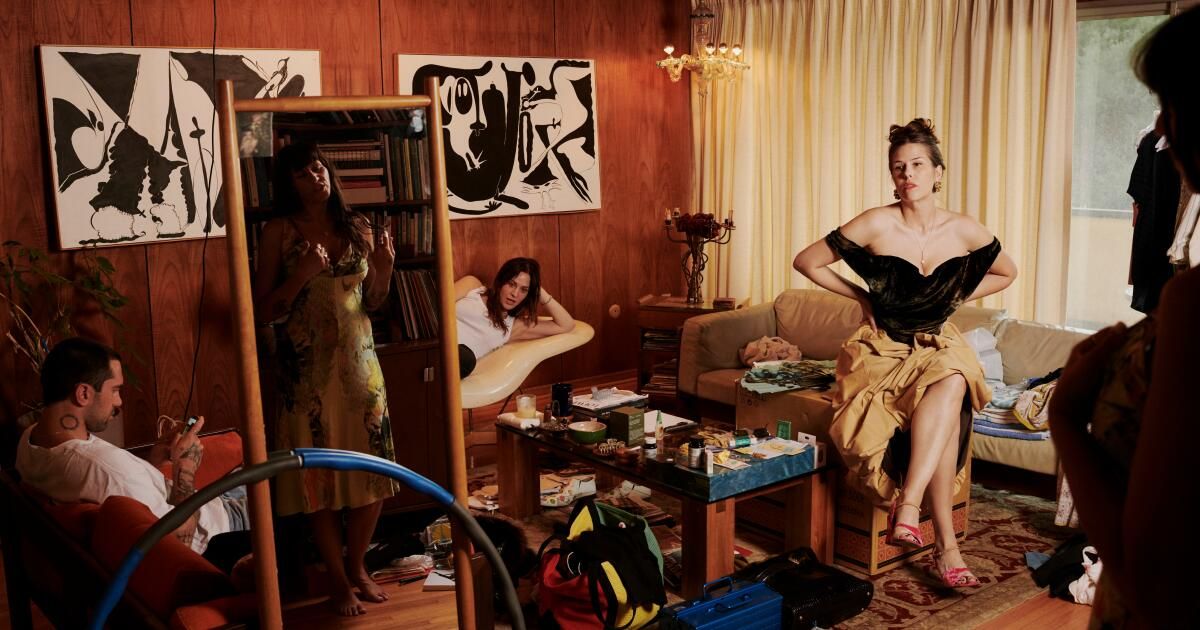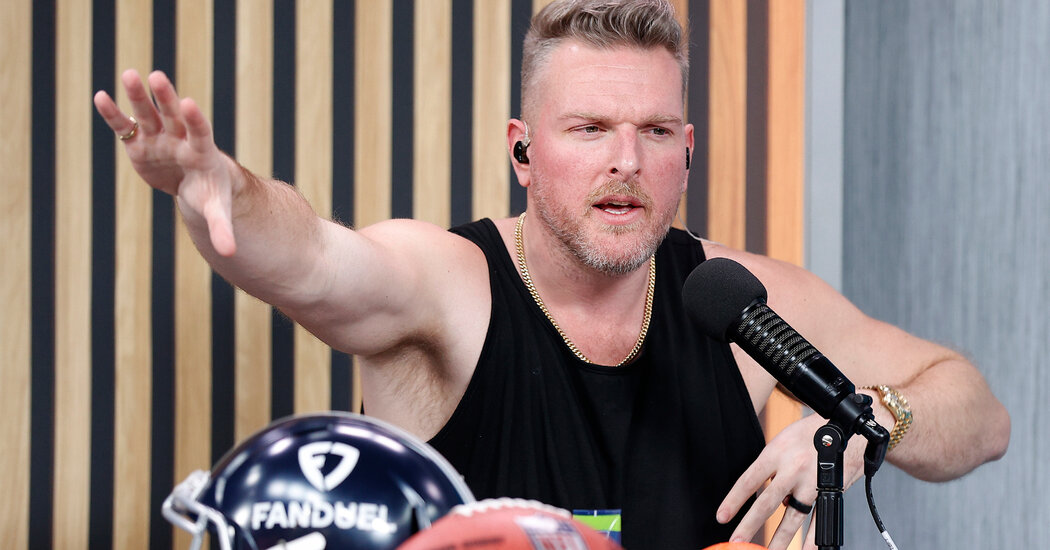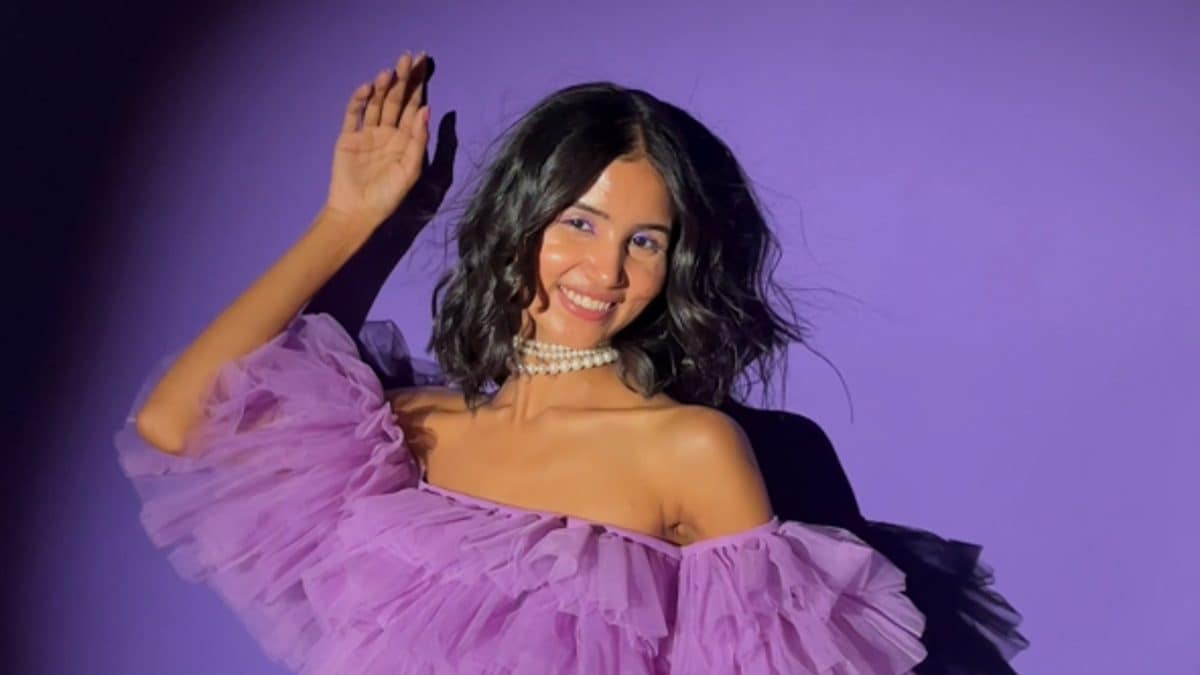How do you know how to dress someone when that person doesn’t technically exist? This absurd yet genuine question stuck in my mind when I sat down to interview Natasha Newman-Thomas, an award-winning costume designer. Newman-Thomas is the fashion mastermind behind television shows like HBO’s “The Idol” and Childish Gambino’s iconic “This Is America” music video (which earned her a Costume Designers Guild Award). Known for her character-centric approach and highly distinctive, vintage-inflected look, Newman-Thomas explains to me that costume design doesn’t just require a deep understanding, passion, and technical proficiency for clothing design and fashion styling: it also requires the ability to evoke and then research the psychological makeup of a fictional character. The answer to my question, in short, is that you have to believe in an illusion in order to turn it into a believable reality.
When you see an actor or musician in a Newman-Thomas-designed costume, the outfit seems authentic in a way that is almost unnoticeable, and that is the point. The selection and style of the clothing seems so natural and unique to the character that it seems as if he showed up on set wearing it. His latest subjects are Keanu Reeves and Cameron Diaz in the upcoming film “Outcome,” directed by Jonah Hill. While Newman-Thomas couldn’t go into detail about those characters yet, he shared with me the quirky and fascinating details of his art and argued why flying helicopters is more interesting than attending a group critique at art school.
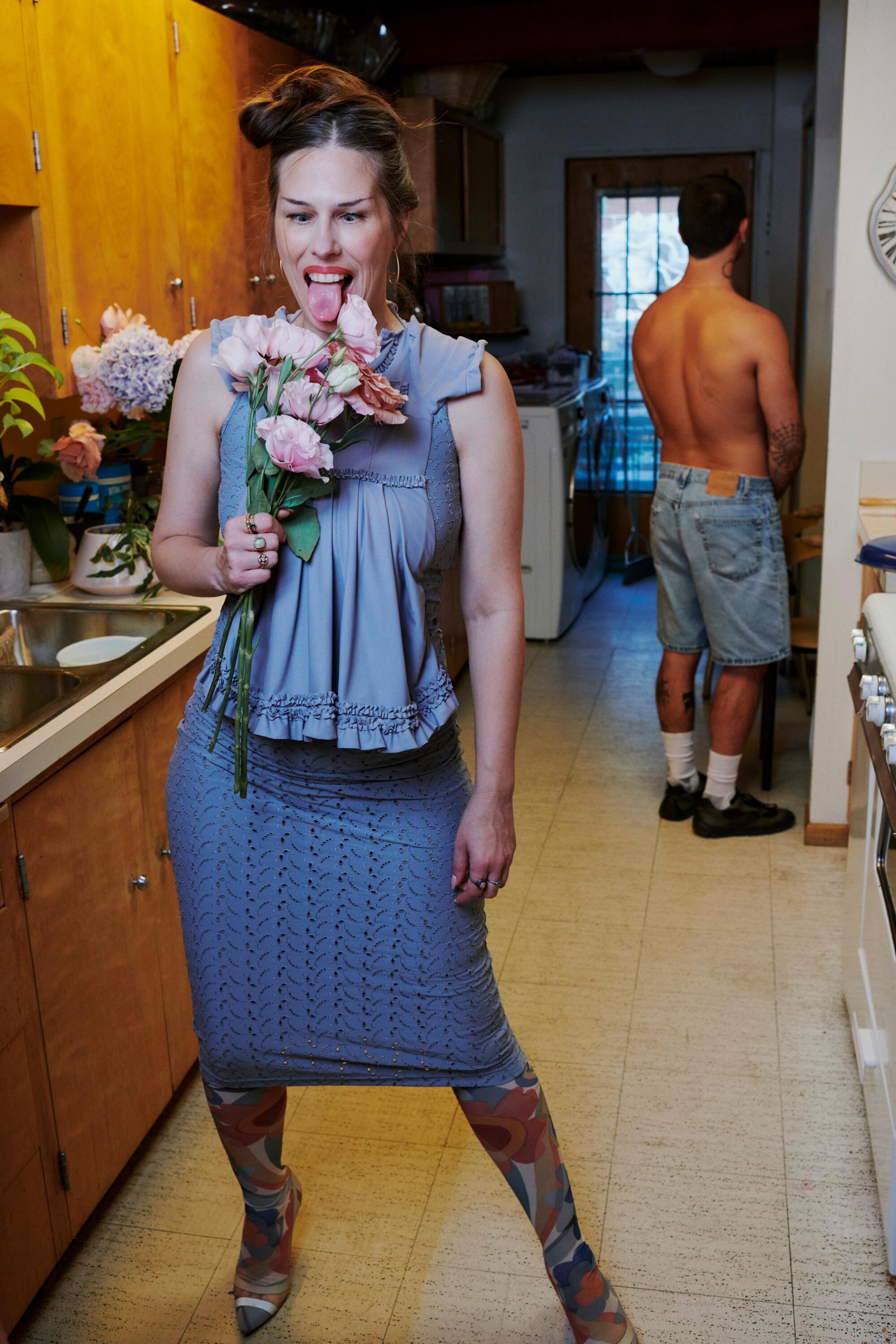
Natasha is wearing a Comme des Garçons Fall/Winter 2007 dress courtesy of Aralda Vintage, Fendi boots and Gabriella Kiss earrings.
Costumes are the first place you can start telling a story without actually knowing someone.
— Natasha Newman-Thomas
Eugenie Dalland: My Gen Z cousin had never seen The Matrix, so I recently watched it with her. I realized how crucial all those black leather and latex suits were to the tone of the film. Why are the suits so important?
Natasha Newman-Thomas: Costumes are the first place you can start telling a story without really knowing someone. It's crucial on screen because you want to know as much as you can about a character, instantly, so the viewer is invested and on board. If you're in a dystopian future like “The Matrix,” costumes draw you in and make you believe in that world and the story on a superficial level.
ED: I'm curious about the details of the creation of these characters, what you've called the “sociological exploration” that goes into their construction. Who is involved in this process?
NNT: It depends on the project. Sometimes I have an initial conversation with the director and then they let me do my thing. Other times, the director is very involved and we go into the details of each character. And then I've been on projects where I do that with the actors, which I like to do because it's part of developing the characters. It's very informative for both of us to have those conversations and find out why a character behaves a certain way, the things that define them, their pathologies.
ED: Shopping is a big part of costume design. What kind of mindset are you in when you're shopping for clothes for a character? I imagine it's kind of meditative.
NNT: It's definitely meditative! I almost try to put myself in their frame of mind and then imagine how they would acquire clothing. Where would they shop? Or would their character only wear used clothing? If so, where would they get it from? From someone in their church, from a brother?
ED: I feel like this psychological approach is why your costumes always feel so personalized and unique. It makes the characters more believable as real individuals. You're not throwing them into whatever's trendy.
NNT: There is a lot to be said about capturing a historic moment with [trendy costumes]But I usually try to make things timeless. I try to make things as unique to the characters as possible.
ED: I've always wanted to ask you about the outfit Childish Gambino wears for the “This Is America” music video, which you dressed up for. It's very minimal (vintage pants, no shirt, gold chains), but it looks so cool and also totally natural, authentic. I almost wondered if he showed up to the set in that outfit.
NNT: It's funny that you say that it looks very natural and embodies the outfit well, because up to 20 minutes before the session, Donald [Glover] And I was hesitant about it. He was like, “I’m not comfortable with that, it inhibits my performance, I just want to wear sportswear.” I was like, “No way, sportswear has a completely different message, it’s really crucial that you wear these pants. If it inhibits your movement, I’ll sew a gusset.” I was literally sewing a gusset into those pants up until 30 seconds before we shot! I did another project with Donald a few months ago and he was like, “By the way, you were right about the pants.”
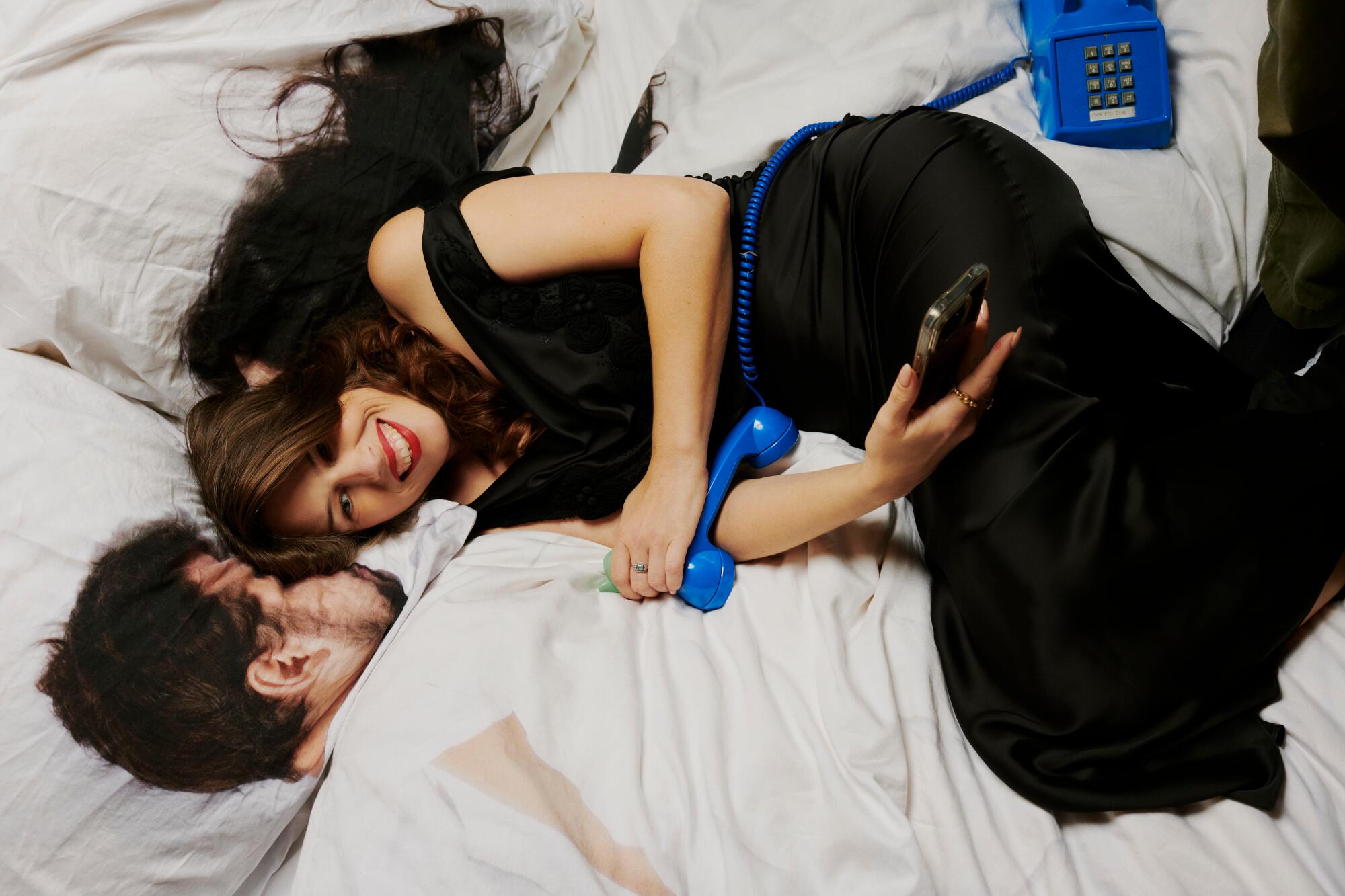
Natasha is wearing a vintage dress from the John Galliano 2008 runway, courtesy of Aralda Vintage. Opposite page: Natasha is wearing a Christian Lacroix jacket, Wolford tights, KNWLS shoes, Vivienne Westwood necklace and Gabriella Kiss earrings.
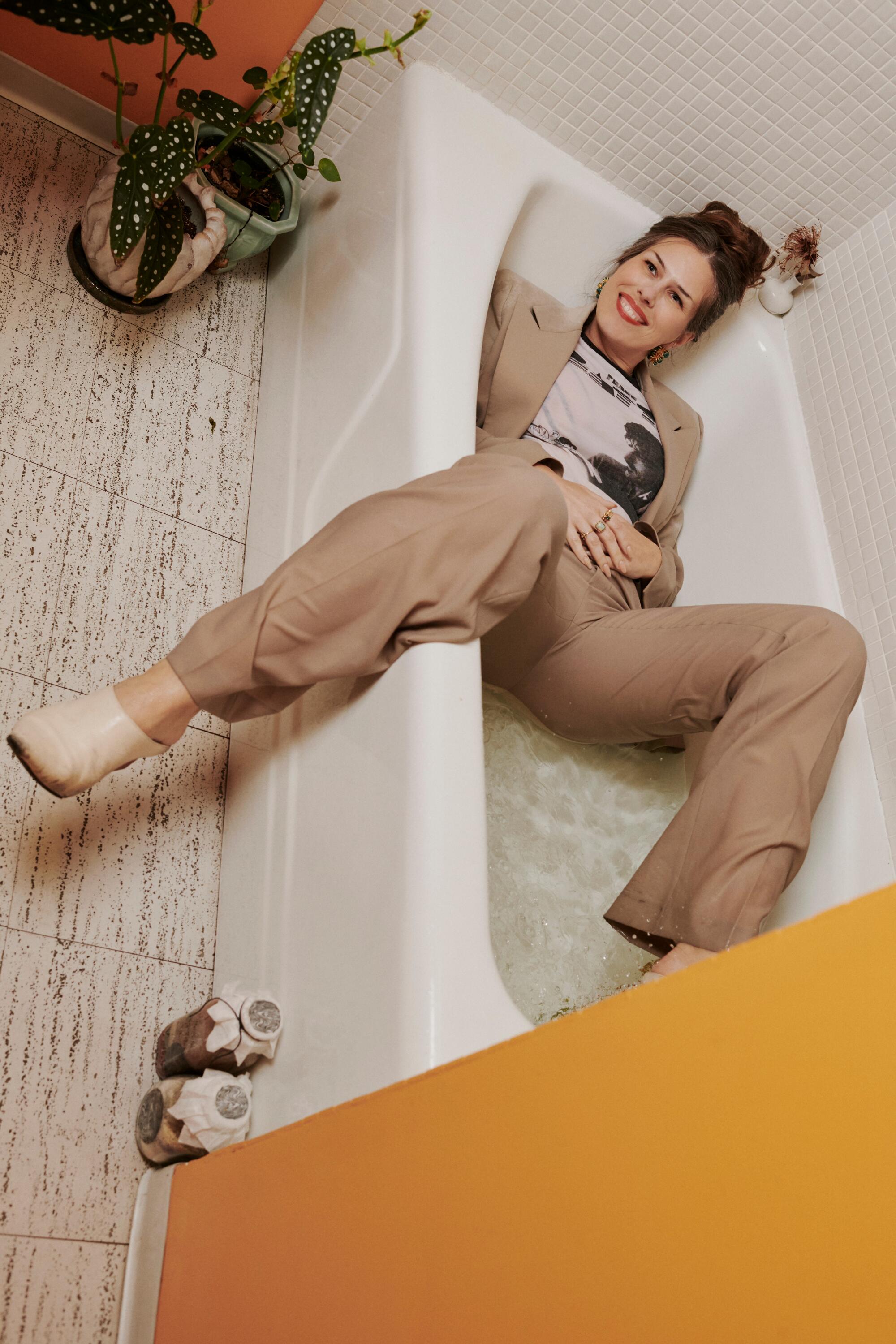
Natasha wears a suit by Helmut Lang, a vintage Frank Zappa shirt from Zappa's personal collection, shoes by Rejina Pyo, earrings by Bottega Veneta and a ring by Mondo Mondo.
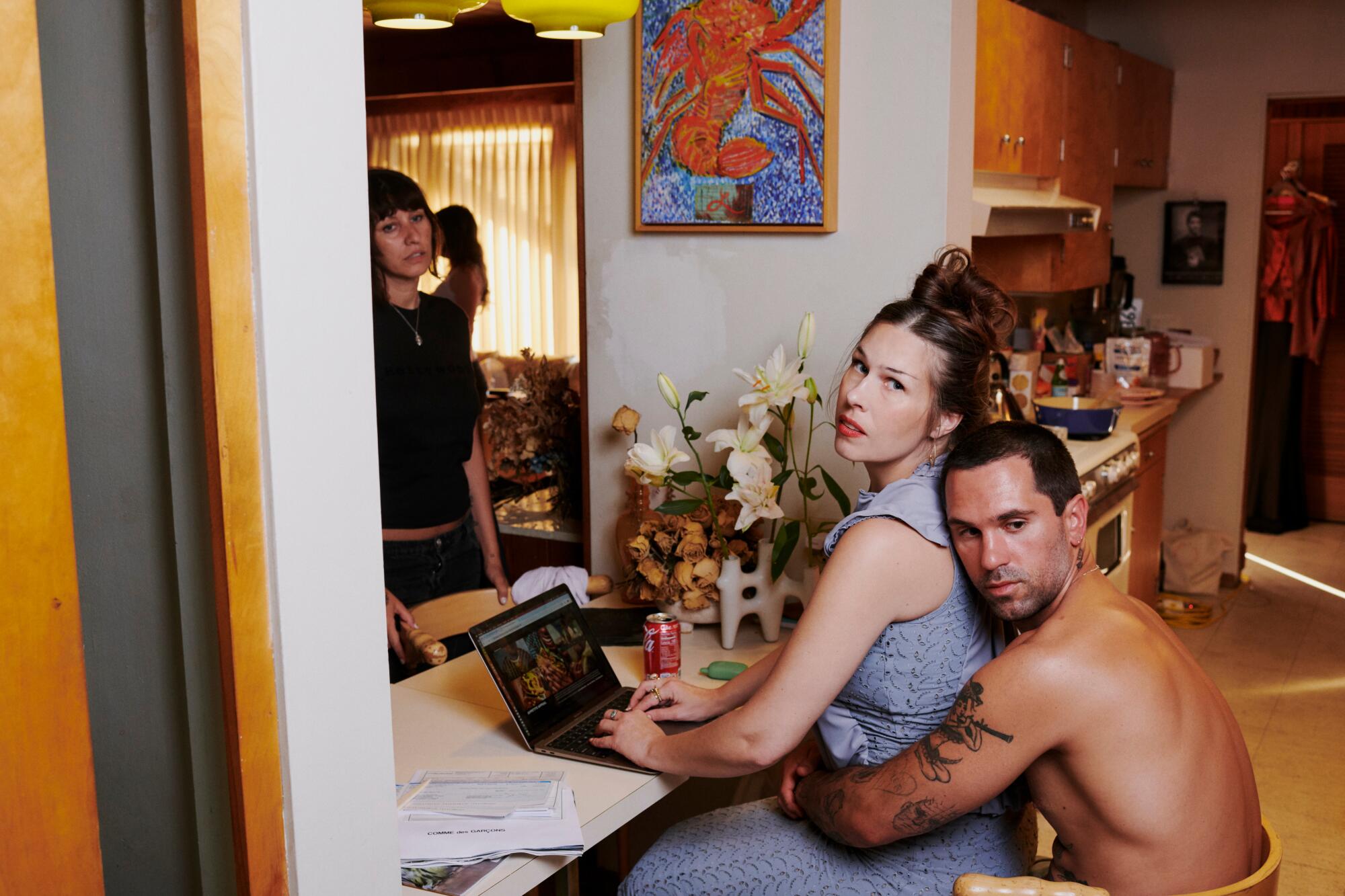
ED: What did you intend with your costume?
NNT: We referenced some images of Fela Kuti, but also the idea of someone who acquires clothes and then really makes them their own. Someone who finds a pair of pants and makes them look amazing by styling them in a specific way. That was very important because we didn't want it to look or feel new, typical or modern.
ED: How did you get into the world of costume design?
NNT: I went to the School of the Art Institute of Chicago because they didn't make you choose between fashion and fine art, you could do both, which was what I wanted. But I eventually realized I couldn't do both. I took every fashion class I could without committing to being in the fashion design program there. After a few years, I realized I didn't want to hear criticism and nonsense about “juxtaposition” anymore. I decided to drop out of school and move back to Los Angeles to go to helicopter school to become a pilot.
ED: Wait, what?
NNT: There's a non-profit program at the Compton airport. It's amazing. I would love to go back and finish my flying hours and get my license. Anyway, while I was there, an old professor friend from the Art Institute called me and said, “I'm moving to L.A. to do costumes on this show, I'd love for you to try and help me out.” My first day on set I was like, “This is literally made for me, it combines all of my interests.” The pacing, the creative problem solving, the clothes, the character development, everything. That was it. Day one. I feel so blessed to have found a job where I can make money and do what I love.
ED: What are some films that made a strong impression on you in terms of costume design?
NNT: There are so many. In fact, I just did a symposium on [Jean Paul] Gaultier’s costumes for “The Fifth Element.” I also love his work on “The Cook, the Thief, His Wife and Her Lover.” The costume design matches the production design very well, it’s very clever.
ED: What unexpected shopping tip would you give people?
NNT: This is so cheesy: I know clothes of mind, no closed willing. [laughter] I love shopping with the idea that you can really style anything to make it interesting. A game I play with my best friend is to send each other pictures of things and ask each other, “How would you make this cool?” For example, “How would you make a pair of Toms cool?” I love a good challenge.
ED: As do Do you make a cool pair of Toms?
NNT: The way I would do it would be to cast a Toms shoe in a block of resin and then place another Toms shoe on top of that. So it's a platform shoe with the Toms inside the platform and then the other one on top of that.
ED: Please make this shoe.
NNT: Our first question when we start anything is what is it? No What’s happening now, what’s nobody doing and how can we take advantage of it? We did a music video for Yves Tumor and I thought, “Nobody’s doing indie sleaze right now, I’m going to cover a pair of jeans with The Strokes patches, that’s going to be so weird!” Two years later, The Strokes played the Celine show. It’s fun to try to get ahead of the cycle. It’s harder and harder to do that because with the internet, everything moves so much faster now, people just gobble up trends. But it’s creating an interesting position for designers to be forced to create new things that nobody’s seen before, that aren’t referential. I think it could be really exciting. Fingers crossed.
Hair and makeup Paige Wishart
Lighting Director David Lopez
Styling Assistants Margaux Solano, Tommy Petroni
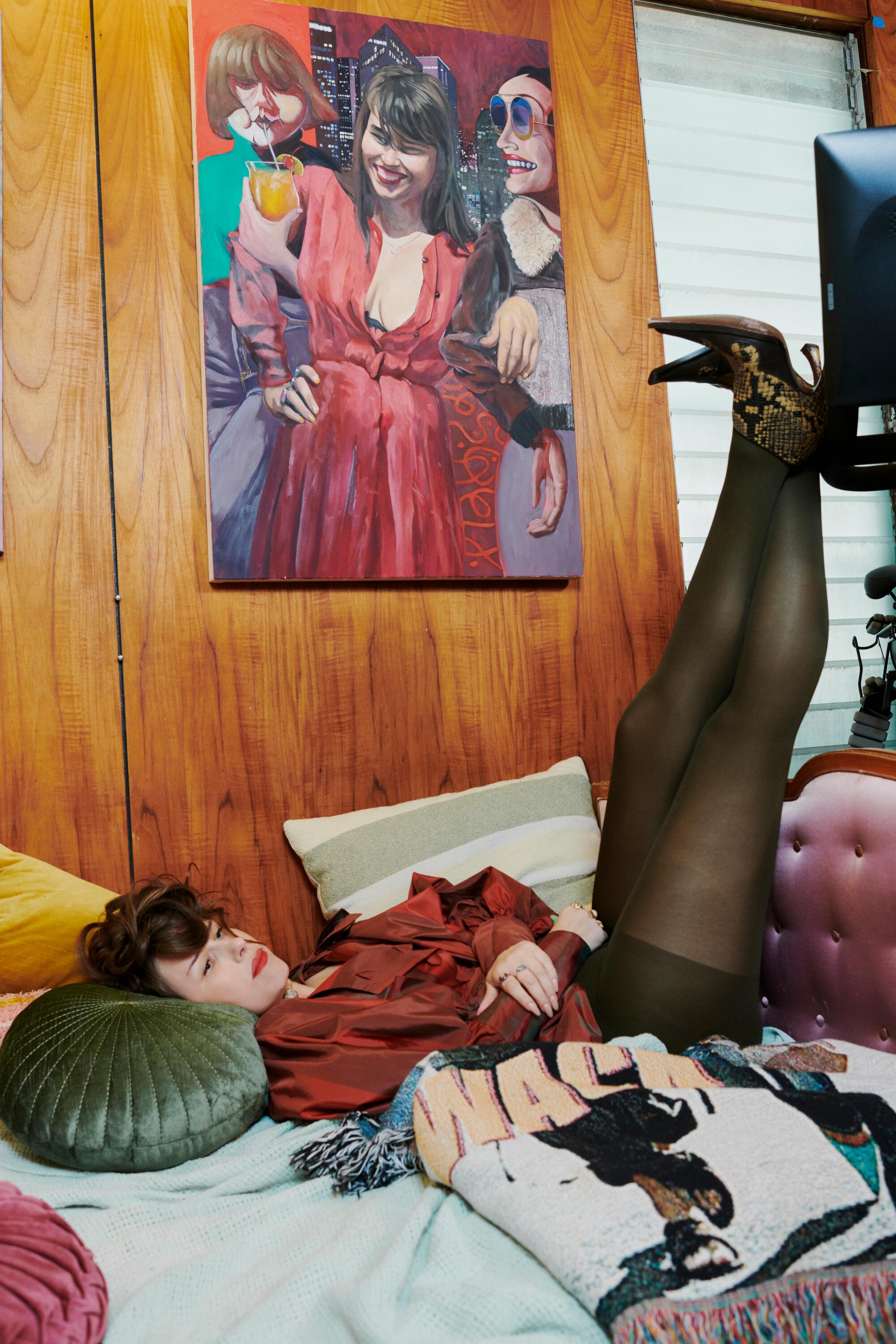
Natasha wears jacket by Christian Lacroix, tights by Wolford, shoes by KNWLS, necklace by Vivienne Westwood, earrings by Gabriella Kiss.
